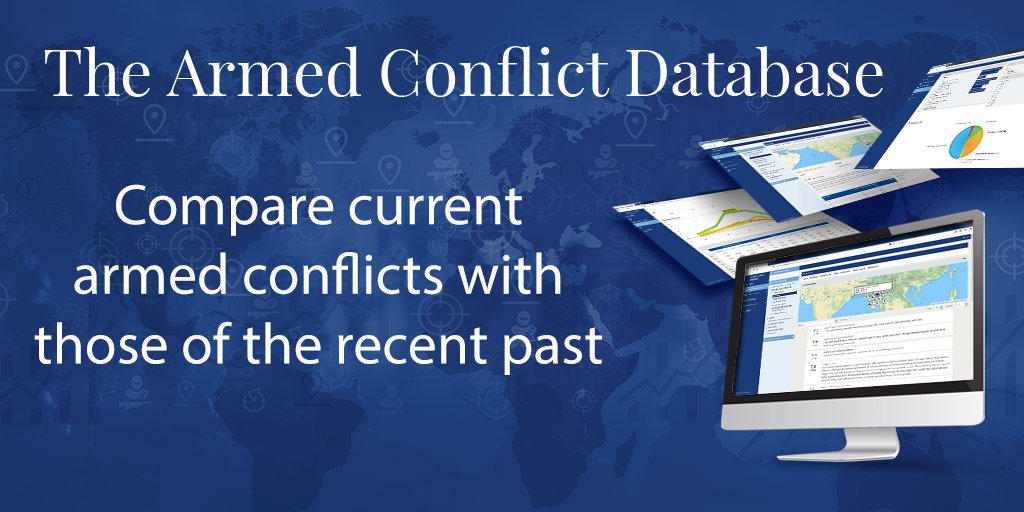

The dataset can also be downloaded from the CSAC homepage.

While the plight of child soldiers has been clear for some time, the extent of other forms of slavery – from forced marriage and the sale of slaves through human trafficking by armed groups – has never been measured. Conflicts are coded as to whether each form of slavery was perpetrated by Side A, Side B, neither, or both. Side B is always the opposition side of internal conflicts and is a state in interstate conflicts. Side A is always the government side of internal conflicts and the colonial state in extrastate conflicts. Both are by definition primary parties to the conflict. Sides involved in a conflict are designated Side A or Side B. Another variable records whether the use of slavery by an armed actor was in pursuit of tactical or strategic aims or both. The database records information on the forms of slavery present, including child soldiering, sexual exploitation / forced marriage, forced labour, and human trafficking. The armed actors include nation-states, pro-government militias, rebel groups, insurgents, and other sub-state actors. It includes every case and type of slavery across 171 wars and conflicts fought between those dates. It measures reports of conflict-related enslavement committed by armed actors during the years 1989-2016.

The CSAC database is the first systematic and large-scale inquiry into various types of enslavement within modern armed conflicts.


 0 kommentar(er)
0 kommentar(er)
